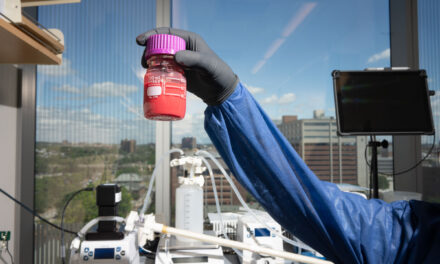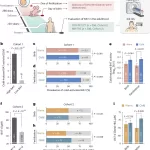As Source Water Protection Week emphasizes the vital role of water in maintaining our health and well-being, it is easy to assume that clean and safe drinking water will always be available. However, this assumption is increasingly being challenged by aging infrastructure and environmental factors. While the United States boasts one of the most reliable water infrastructures globally, concerns over safety and sustainability are rising.
The U.S. water system, which relies on over 148,000 municipal, county, and community organizations to supply water, is highly decentralized. Most of the water consumed comes from surface sources like lakes and rivers or groundwater reservoirs. Public drinking water systems treat this water to meet safety standards, and around 87% of the U.S. population depends on these systems for their water supply.
The Risks of Aging Infrastructure
Once treated, water travels through vast networks of pipes to reach consumers’ faucets. However, the country’s aging water infrastructure presents a significant challenge. Many cities, including Boston and New York, face regular water main breaks that cause flooding and traffic disruptions. The Schaefferstown Water Company, the oldest water system in the United States, has been in operation since 1744—highlighting just how long some of these systems have been in place.
As these systems age, they may expose treated water to contaminants, such as lead, which poses serious health risks, especially to children. Each month, new reports of water main breaks across the country underscore the urgent need to upgrade these systems. Yet, investment in water infrastructure has lagged behind other priorities, and the cost of upgrades is substantial.
Bottled Water: A Double-Edged Sword
In response to concerns over tap water safety, many Americans have turned to bottled water. As of 2017, one million plastic bottles of water were sold each minute globally, with North America leading in consumption. However, recent studies have raised alarms over plastic microparticles entering the human body, found even in arteries, creating new concerns about the long-term health impact of bottled water.
This dilemma leaves consumers caught between the potential risks of drinking tap water from aging systems and the hazards posed by plastic bottles. As scientists continue to investigate the risks associated with both options, choosing the safest source of water remains a complex issue.
Water Shortages: An Emerging Crisis
Water availability is also becoming a pressing issue, particularly in the U.S. West. The Colorado River, which provides water to several western states, is running low, affecting both the U.S. and Mexico. The Midwest is experiencing droughts that threaten water supplies and impact agriculture. These regional shortages highlight the growing value of water as a precious natural resource, one that may not always be readily available.
Solutions and Challenges
Upgrading water infrastructure is an expensive but necessary solution. President Joe Biden’s administration has called for substantial investments in critical infrastructure, including water systems. However, with many competing priorities—such as transportation and cybersecurity—water infrastructure often receives less attention. Experts estimate that upgrading the U.S. water system could cost over $2 trillion in the next decade, a daunting figure in light of the country’s already strained budgets.
Despite the challenges, some communities are moving forward with investments, though these costs are often passed on to consumers. In some areas, the cost of water has risen to over two cents per gallon, still far cheaper than gasoline or alcohol, but the question remains: will water prices continue to rise, and could water become a heavily taxed commodity?
The Global Perspective
In certain parts of the world, where water is scarce, its cost already exceeds that of gasoline. For instance, in Saudi Arabia, one gallon of water costs more than one gallon of gas. This serves as a reminder that, while water is relatively affordable in the United States, its value could increase dramatically if shortages become more severe.
A Crisis Waiting to Happen
The availability of clean, potable water is a crisis in the making. While aging infrastructure and environmental pressures are already causing disruptions, the risks of ignoring these problems are too great. To prevent water shortages and rising costs, the U.S. must take proactive steps today to invest in and modernize its water systems, ensuring a sustainable supply of safe drinking water for future generations.












